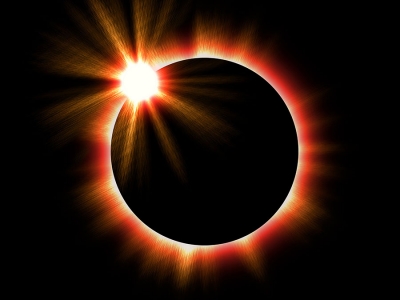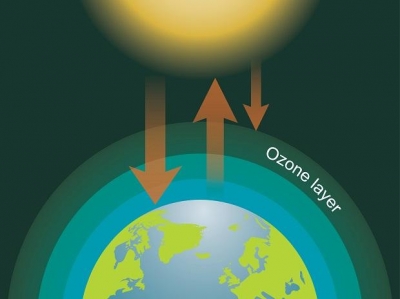Why bubbles are always round?

Bubbles are round because one of the laws of science arranges for them to be round. This law governs all sorts of things. Bubbles are just one group controlled by it. According to this scientific law, any arrangement of matter in which particles can move about always make a shape that requires the smallest amount of energy. That makes sense. There are an awful lot of people who wish they could live like that too.
Take water as an example. If you spill it on the floor, it tries to spread to the thinnest layer it can. That uses the least energy. Rubber bands are the same. Stretch them and they will try to contract again because that reduces the total energy output to its minimum.
Following this principle, bubbles are pulled into shape by surface tension – the same force that lets a needle float on top of a glass of water, Surface tension pulls on the surface of a bubble as it constantly tries to reduce its area. By doing this, it also reduces the amount of energy needed to maintain the bubble’s shape.
The round shape of a sphere is the most energy-efficient for enclosing the greatest area from a given line round the outside. So surface tension pulls the bubble to this shape until it cannot pull it further.
Imagine it was possible to blow a cubic soap bubble. Surface tension would get to work on this straightway. By tugging at the corners, it would round them more and more until it had turned the cube into the energy-efficient sphere which we recognize as a bubble.
Picture Credit : Google


